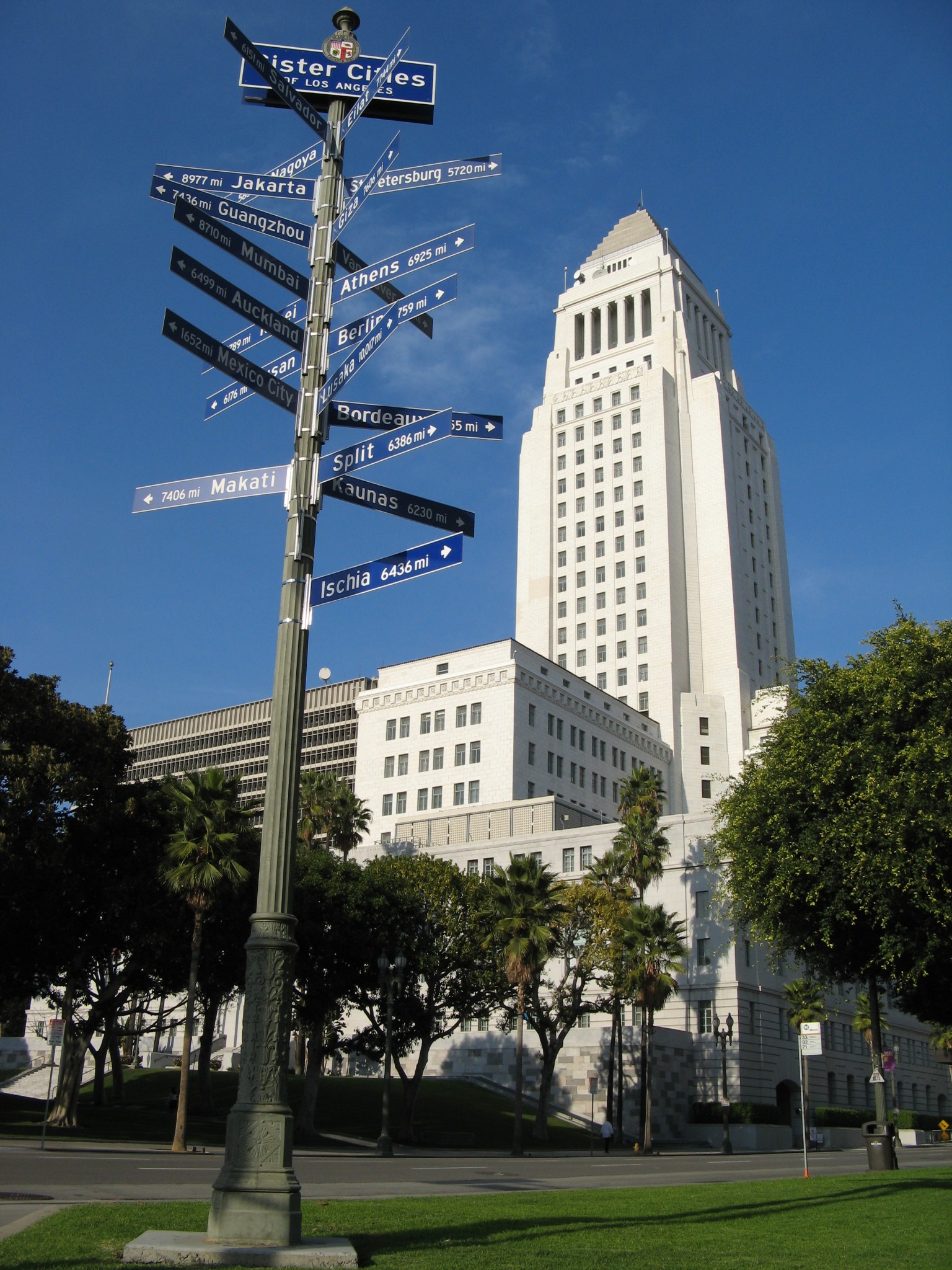 CC Image courtesy of Geographer on Wikimedia Commons
CC Image courtesy of Geographer on Wikimedia Commons
Sister Cities; Providing Help in Times of Crisis
2020 has been a time of crisis and strained resources at every level of government. But in the midst of these problems, people have found ways to get resources to those in need—even internationally. For example, firefighters from the Mexican city of Guanajuato flew to their sister city of Ashland, Oregon to help fight the wildfires inundating the region. The same can said about firefighters from Queretaro, who visited their sister city of Bakersfield, California. The coronavirus pandemic has coined the term “mask diplomacy;” Hanam City, South Korea donated masks to its sister city of Little Rock, Arkansas. Naka, Japan donated masks to its sister city of Oak Ridge, Tennessee. China has aggressively practiced mask diplomacy by targeting specific cities. In America, examples of this include donations to Anchorage, Alaska, Tacoma, Washington, and Annapolis, Maryland, from the respective sister cities of Harbin, Fuzhou, and Changsha. While the coronavirus pandemic has forced festivals, concerts, and other cross cultural events to be held in virtual settings, it has not abated desires for people to help one another.
Such humanitarian diplomacy is not one sided. At the onset of the pandemic, Pittsburgh, Pennsylvania donated masks to its sister city Wuhan, China. Phoenix, Arizona built a new kindergarten for its sister city of Chengdu, China after the 2008 Sichuan earthquake.
Because discussion of sister city activity is typically limited to local environments, it can be easy to miss the large-scale flurry of citizen diplomacy that occurs. Dating as far back as the year 836, when a relationship between Paderborn, Germany and Le Mans, France was created, sister cities gave their citizens, who may not have had the opportunity or means, the chance to connect with people of another culture. The end of World War II led to the officializing of the concept. European cities coupled with one another in an attempt to rebuild relationships, economies, and infrastructure. President Dwight D. Eisenhower brought the program to the U.S. in 1956, originally calling it the People-to-People Program before the now known Sister Cities International (SCI).
The typical coupling, or twinning, is one where a city is matched with a foreign city that is similar in size, population, economy, or culture, though this is not always the case. It is not uncommon for two cities of the same name to pair and become sister cities. There also does not exist a rule that a city can only be coupled with one other city. Los Angeles, California is paired with 25 cities. Laredo, Texas maintains relationships with more than 40 other cities. To this day, there exist thousands of city partnerships worldwide. Student, cultural, and artistic exchange occur under such couplings. If the pairing is strategically successful, cities could reap not only diplomatic rewards, but also economic rewards that come with increased tourism and business.
Sister cities are more than mere superficial signals. That Mexico and China, two countries in contentious situations with the United States for different reasons, can reach out and help speaks volumes on not only the significance of citizen diplomacy, but also how national government-to-government dialogue is not the same as people-to-people dialogue. Understandably, COVID-19 has placed an inordinate amount of pressure and attention on world leaders’ efforts to curb the virus. The locking down of countries and the resulting isolationism does carry the risk of relationships fraying. However, grassroots, people-to-people programs such as SCI counter these tendencies and prove that locally driven diplomacy can provide major benefits independent of the national level relationship between two countries.





